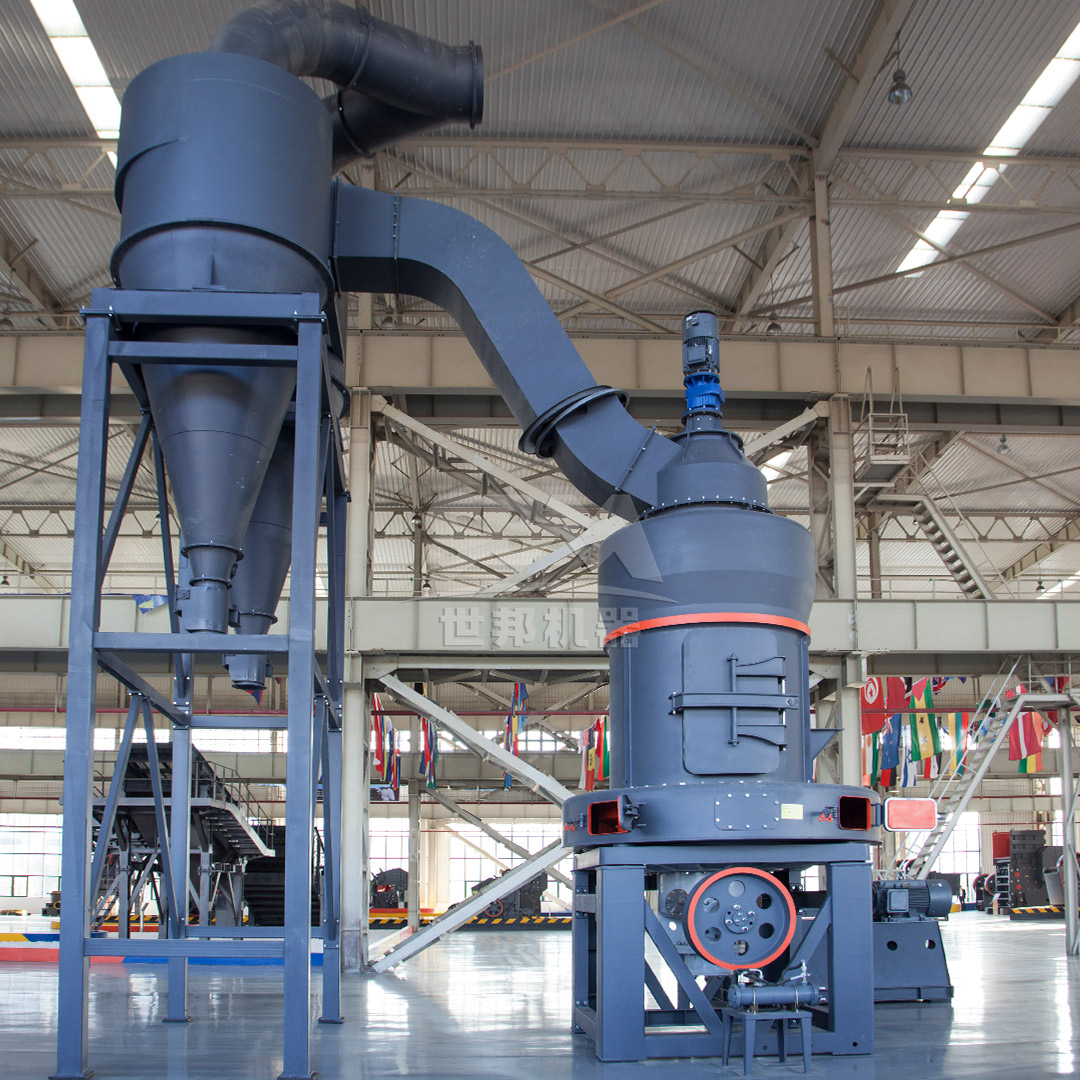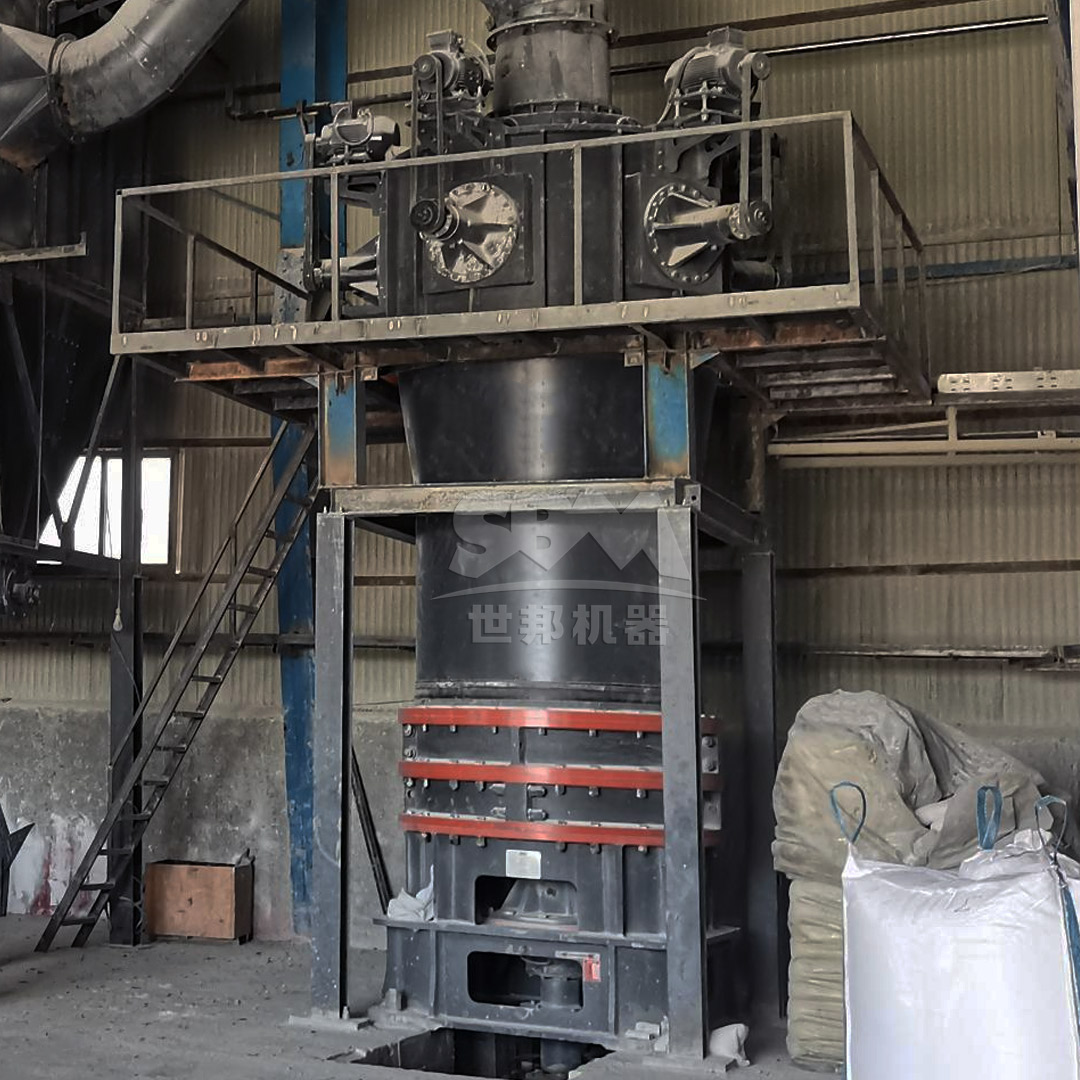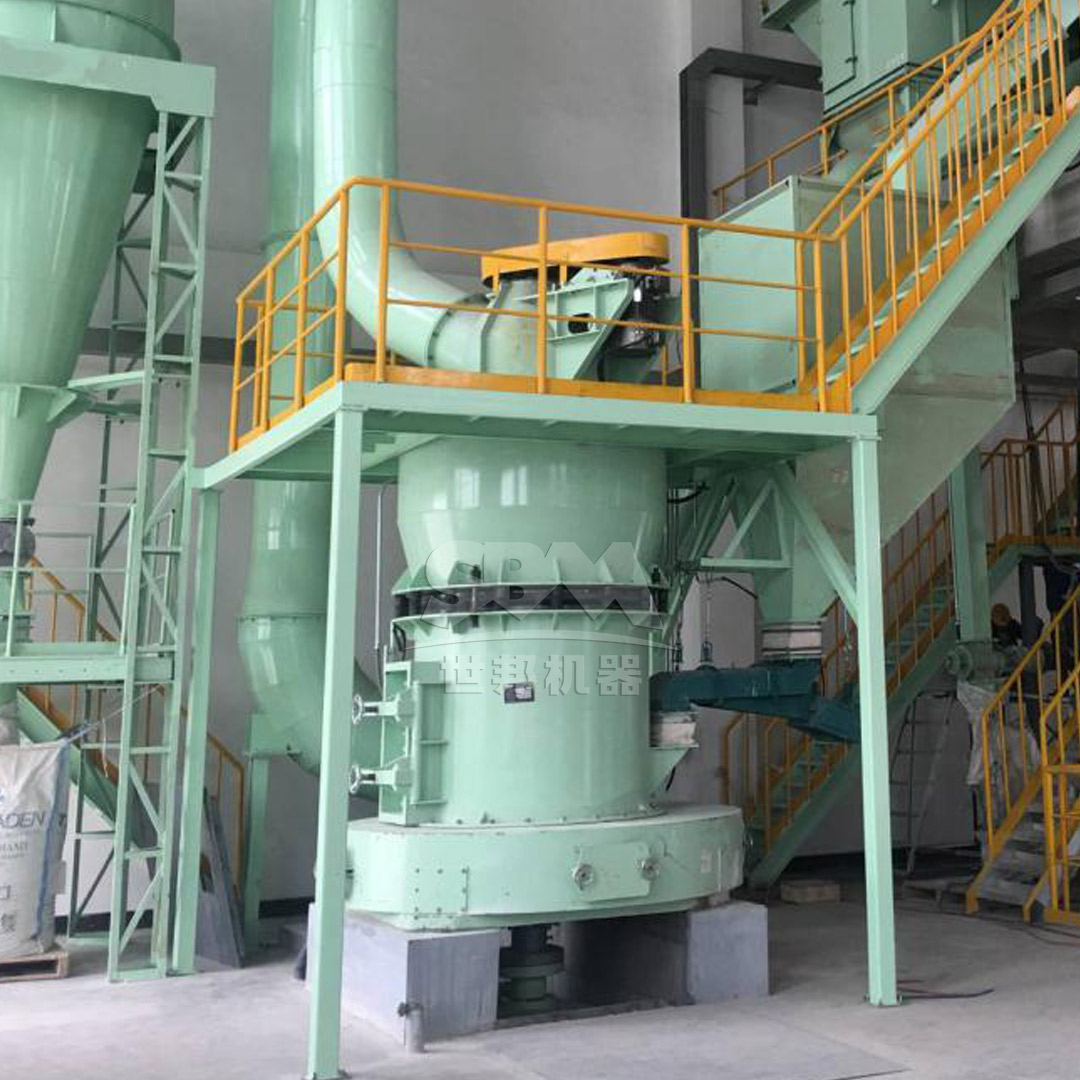The rubber and plastic industries have long relied on mineral fillers to enhance product properties, reduce costs, and improve manufacturing efficiency. Among these fillers, limestone (calcium carbonate) stands out as one of the most versatile and widely used materials due to its abundance, low cost, and excellent compatibility with polymer matrices. However, the performance of limestone fillers is heavily dependent on their particle size distribution, morphology, and surface characteristics, all of which are determined by the grinding technology employed.
Superfine limestone fillers have revolutionized polymer compounding by offering superior reinforcement, improved dispersion, and enhanced optical properties compared to conventional ground calcium carbonate. The transition from micro-sized to nano-sized fillers has opened new possibilities for creating high-performance composites with tailored mechanical, thermal, and barrier properties. This article explores the technological advancements in limestone superfine milling and their implications for the rubber and plastic industries.

The effectiveness of limestone fillers in polymer applications depends on several critical parameters that must be carefully controlled during the grinding process:
For most rubber and plastic applications, the ideal filler particle size ranges from 0.5 to 5 micrometers. Narrow particle size distribution is crucial for achieving consistent compound viscosity, uniform reinforcement, and predictable processing characteristics. Fillers with broad size distributions tend to cause processing issues and compromise mechanical properties.
The specific surface area of limestone particles directly influences polymer-filler interactions and compound rheology. Higher surface area promotes better bonding but may increase viscosity. Particle morphology, whether cubic, spherical, or platelet-like, affects packing density, flow properties, and reinforcement efficiency.
High-purity limestone with minimal iron, manganese, and other impurities is essential for applications requiring excellent color stability and UV resistance. The natural whiteness of calcium carbonate contributes to the brightness of finished products and reduces the need for expensive whitening agents.
Many advanced applications require surface-modified limestone fillers to improve dispersion and interfacial adhesion. The grinding process must produce particles with active surfaces capable of effective coupling with stearic acid, titanates, silanes, or other treatment agents.
| Application | Optimal Particle Size (μm) | Required Whiteness (%) | Surface Treatment |
|---|---|---|---|
| PVC Profiles | 1-3 | >95 | Stearic Acid |
| Automotive Rubber | 0.5-2 | >92 | Silane/Titanate |
| Polyolefin Films | 0.8-1.5 | >96 | Fatty Acid |
| Engineering Plastics | 0.5-1 | >94 | Multiple Agents |
The production of high-quality limestone fillers requires sophisticated milling equipment capable of precise particle size control, efficient operation, and consistent output quality. Several milling technologies have emerged as industry standards, each with distinct advantages for specific applications.
For applications requiring the finest particle sizes (below 5μm), ultrafine mills represent the cutting edge of grinding technology. These systems combine mechanical impact, shear forces, and classification to achieve unprecedented fineness levels while maintaining narrow particle distributions.
Among these advanced systems, the SCM Ultrafine Mill stands out as particularly suitable for producing premium limestone fillers for rubber and plastic applications. This mill achieves remarkable fineness levels of 325-2500 mesh (D97≤5μm) while offering significant energy savings compared to conventional grinding systems. Its vertical turbine classifier ensures precise particle size control, eliminating coarse particle contamination that can compromise product quality.
The SCM series demonstrates exceptional performance characteristics with capacity ranging from 0.5 to 25 tons per hour, making it suitable for both specialized production and high-volume manufacturing. The mill’s intelligent control system automatically monitors and adjusts operational parameters to maintain consistent product quality, while its special material rollers and grinding rings provide extended service life, reducing maintenance costs and downtime.

For applications where ultra-fineness is not required, or as part of a multi-stage grinding process, medium-fine grinding systems offer an excellent balance of performance, efficiency, and cost-effectiveness. The MTW Series Trapezium Mill represents this category with its robust construction, advanced classification system, and flexible operation.
The MTW mill processes limestone with input sizes up to 50mm and delivers output fineness from 30 to 325 mesh, covering the requirements for many rubber and plastic compounds. Its curved air channel design minimizes energy losses while the combined blade system reduces maintenance requirements. The mill’s complete transmission system achieves remarkable 98% transmission efficiency, contributing to overall energy savings.
With capacities ranging from 3 to 45 tons per hour across different models, the MTW series accommodates various production scales while maintaining consistent product quality. The mill’s wear-resistant volute structure and pulse dust collection system ensure environmentally friendly operation with minimal emissions.
Selecting the appropriate grinding technology requires careful consideration of multiple factors, including product requirements, production scale, energy efficiency, and operational costs. The following analysis compares key performance indicators for different milling systems applicable to limestone filler production.
| Technology | Output Fineness (μm) | Energy Consumption (kWh/t) | Capacity Range (t/h) | Noise Level (dB) |
|---|---|---|---|---|
| SCM Ultrafine Mill | 5-45 | 25-40 | 0.5-25 | ≤75 |
| MTW Trapezium Mill | 45-600 | 18-30 | 3-45 | ≤80 |
| Ball Mill | 74-800 | 35-50 | 0.65-450 | 85-105 |
| Hammer Mill | 0-3000 | 15-25 | 8-70 | 90-110 |
The data clearly demonstrates the advantages of modern grinding systems like the SCM and MTW series in terms of energy efficiency, environmental performance, and product quality control. While traditional technologies like ball mills and hammer mills still find applications in specific contexts, their higher energy consumption and noise levels make them less suitable for modern, environmentally conscious manufacturing facilities.
The benefits of advanced limestone fillers extend far beyond simple cost reduction. When properly ground and classified, these materials significantly enhance the performance characteristics of rubber and plastic products.
Superfine limestone fillers with optimized particle size distribution and surface characteristics improve tensile strength, modulus, and impact resistance of polymer compounds. The uniform dispersion of nano-sized particles creates reinforcement effects similar to those achieved with more expensive reinforcing fillers, while maintaining better processability.
The particle morphology and surface area of limestone fillers significantly influence compound viscosity and flow behavior. Well-designed filler systems can improve extrusion characteristics, reduce die swell, and enhance surface finish without compromising mechanical properties.
Limestone fillers reduce coefficient of thermal expansion and improve heat deflection temperature, making them valuable for applications requiring dimensional stability under varying temperature conditions. The high thermal conductivity of calcium carbonate also contributes to faster cooling cycles in injection molding processes.
In transparent and semi-transparent applications, the particle size and distribution of limestone fillers critically affect clarity and haze. Ultrafine fillers with narrow size distributions minimize light scattering, enabling higher loading levels while maintaining acceptable optical properties.

The adoption of advanced milling technologies for limestone filler production offers significant economic and environmental benefits beyond product quality improvements.
Modern grinding systems like the SCM Ultrafine Mill achieve energy savings of 30% or more compared to conventional technologies. These efficiency gains translate directly to reduced operating costs and lower carbon footprints, supporting sustainability initiatives throughout the supply chain.
High-efficiency classification systems minimize overgrinding and reduce the generation of off-spec materials. The precise particle size control enabled by advanced mills allows manufacturers to optimize filler loading levels, further reducing material consumption and waste.
Contemporary milling equipment incorporates comprehensive dust collection and noise reduction features that exceed international environmental standards. Pulse dust collectors with efficiency rates above 99.9% ensure clean operation, while advanced noise control technologies protect workplace environments.
While the initial investment in advanced grinding technology may be higher than traditional equipment, the reduced maintenance requirements, longer component life, and higher operational efficiency typically deliver excellent return on investment through lower total cost of ownership.
The evolution of limestone filler technology continues to advance, driven by changing market requirements and technological innovations. Several emerging trends are likely to shape future developments in superfine grinding for polymer applications.
Inline surface modification during the grinding process represents a significant opportunity for process intensification and product quality improvement. Combined grinding and treatment systems can enhance treatment efficiency while reducing processing steps and energy consumption.
The integration of IoT sensors, data analytics, and machine learning algorithms enables predictive maintenance, real-time quality control, and autonomous optimization of grinding parameters. These digital technologies will further improve consistency, efficiency, and reliability of filler production.
Increasing focus on circular economy principles is driving development of grinding systems that can process recycled materials and incorporate renewable energy sources. Energy recovery systems and water-free processing methods will become increasingly important differentiators.
Beyond conventional reinforcement, future limestone fillers may incorporate additional functionalities such as flame retardancy, antimicrobial properties, or electrical conductivity through advanced surface treatments or composite structures.
The production of high-quality limestone fillers for rubber and plastic applications requires sophisticated grinding technology capable of precise particle size control, efficient operation, and consistent performance. Advanced milling systems like the SCM Ultrafine Mill and MTW Trapezium Mill represent the current state of the art, offering significant advantages in terms of product quality, energy efficiency, and environmental performance.
As polymer technologies continue to evolve toward higher performance and sustainability, the role of optimized mineral fillers will become increasingly important. Manufacturers who invest in advanced grinding capabilities position themselves to capitalize on these trends, delivering superior products while maintaining competitive cost structures.
The selection of appropriate grinding technology should consider specific application requirements, production scale, and strategic objectives. With proper implementation, modern limestone milling systems can create significant value throughout the polymer manufacturing chain, from raw material processing to finished product performance.